Reports
-
EV Battery Supply Chain Sustainability
Life cycle impacts and the role of recycling
Technology report — December 2024

-
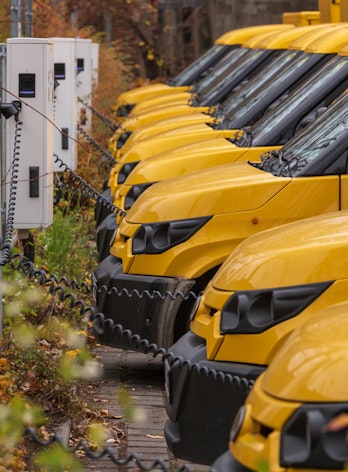
Global EV Outlook 2024
Moving towards increased affordability
Flagship report — April 2024
-
Institutional Architecture for Regional Power System Integration
Government, utility and regulator roles
Default report — November 2023

-

World Energy Outlook 2023
Flagship report — October 2023
-
Facilitating Decarbonisation in Emerging Economies Through Smart Charging
Default report — August 2023
-
Transitioning India’s Road Transport Sector
Realising climate and air quality benefits
Country report — July 2023

-
Using Digitalisation in Emerging Markets and Developing Economies to Enable Demand Response in Buildings
Default report — July 2023

-
The State of Clean Technology Manufacturing
An Energy Technology Perspectives Special Briefing
Default report — May 2023
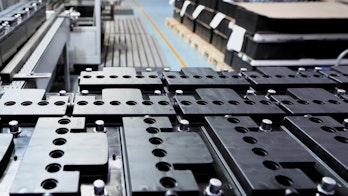
-
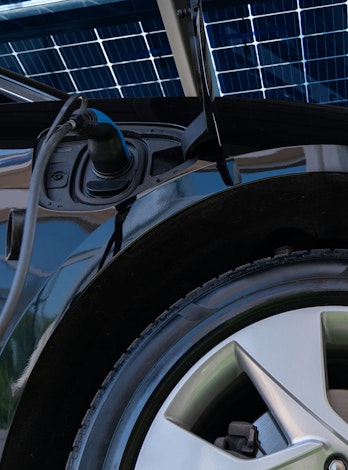
Global EV Outlook 2023
Flagship report — April 2023
-
Grid Integration of Electric Vehicles
A manual for policy makers
Technology report — December 2022
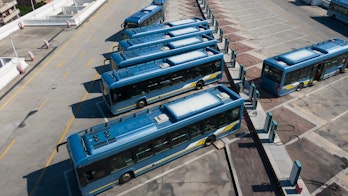
-

World Energy Outlook 2022
Flagship report — October 2022
-
Technology and Innovation Pathways for Zero-carbon-ready Buildings by 2030
A strategic vision from the IEA Technology Collaboration Programmes
Technology report — September 2022
-
By 2030 EVs represent more than 60% of vehicles sold globally, and require an adequate surge in chargers installed in buildings
Part of Technology and innovation pathways for zero-carbon-ready buildings by 2030
Technology report — September 2022
-
Residential behaviour changes lead to a reduction in heating and cooling energy use by 2030
Part of Technology and innovation pathways for zero-carbon-ready buildings by 2030
Technology report — September 2022
-
Targeting 100% LED lighting sales by 2025
Part of Technology and innovation pathways for zero-carbon-ready buildings by 2030
Technology report — September 2022
-
Solar thermal technologies deployed in around 400 million dwellings by 2030
Part of Technology and innovation pathways for zero-carbon-ready buildings by 2030
Technology report — September 2022
-
350 million building units connected to district energy networks by 2030, provide about 20% of space heating needs
Part of Technology and innovation pathways for zero-carbon-ready buildings by 2030
Technology report — September 2022
-
Solar PV and wind supply about 40% of building electricity use by 2030
Part of Technology and innovation pathways for zero-carbon-ready buildings by 2030
Technology report — September 2022
-
Installation of about 600 million heat pumps covering 20% of buildings heating needs required by 2030
Part of Technology and innovation pathways for zero-carbon-ready buildings by 2030
Technology report — September 2022
-
Renovation of near 20% of existing building stock to zero-carbon-ready by 2030 is ambitious but necessary
Part of Technology and innovation pathways for zero-carbon-ready buildings by 2030
Technology report — September 2022
-
All countries targeted for zero-carbon-ready codes for new buildings by 2030
Part of Technology and innovation pathways for zero-carbon-ready buildings by 2030
Technology report — September 2022
-
Global Supply Chains of EV Batteries
Technology report — July 2022
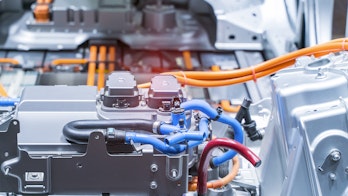
-
Securing Clean Energy Technology Supply Chains
Technology report — July 2022

-
Electricity Security Policy
Fuel report — June 2022